Around 200 US “peacekeeping” troops will stay in Syria
The U.S. military will keep around 200 “peacekeeping” troops in Syria, the White House said, weeks after President Donald Trump announced American forces would leave the country.
“A small peacekeeping group of about 200 will remain in Syria for a period of time,” White House spokesperson Sarah Sanders said in a single-sentence statement on Thursday, February 21.
The announcement comes amid fierce criticism of Trump’s decision to withdraw the 2,000 or so U.S. troops from Syria by April 30, with members of his own Republican Party blasting the move.
In December, Trump declared victory over Islamic State in Syria, even though thousands of jihadists then remained. Fighting continues around their last holdout around Baghuz near the border with Iraq.
Critics have decried a number of possible outcomes from a precipitous withdrawal, including a long-threatened Turkish attack on U.S.-backed Kurdish forces and a resurgence of ISIS.
President Recep Tayyip Erdogan said on January 15 that Turkey and the U.S. had agreed to establish a security zone along the Syria-Turkey border, and the following day, the SDF said it would support the creation of a safe-zone under international guarantee.
Sanders did not provide additional details, but the “peacekeeping” designation could pave the way for European allies to commit troops for such a mission.
Acting U.S. Defense Secretary Patrick Shanahan visited Europe last week where he attempted to convince allies to maintain a troop presence in Syria after the U.S. withdrawal.
But he struggled to persuade other countries why they should risk their forces with America gone.
President Emmanuel Macron said in January that France will remain “militarily engaged” in the Middle East through 2019, and the the United Kingdom Ministry of Defence has said it “will continue to work with members of the coalition to” ensure the “enduring defeat” of ISIS.
Officials from the region held by the Syrian Democratic Forces have called for U.S. and European forces to stay in the region, and for a no-fly zone over northern Syria.
we positively evaluate the White house decision to keep 200 US soldiers in our region as a peace keeping force, which is very important to maintain stability and protect our region from the Turkish threats, and ensure that terrorism will not be back.
— Dr Abdulkarim Omar (@abdulkarimomar1) February 22, 2019
“This decision may encourage other European states, particularly our partners in the international coalition against terrorism, to keep forces in the region,” Abdulkarim Omar, co-chair of foreign relations in the region told Reuters on Friday. “I believe that keeping a number of American troops and a larger number of [other] Coalition troops, with air protection, will play a role in securing stability and protecting the region too,” he said.
Trump earlier Thursday spoke with Turkish President Recep Tayyip Erdogan, and the two discussed Syria, according to a White House readout of the phone call.
“The two presidents agreed to continue coordinating on the creation of a potential safe zone” in Syria, the readout said.
At the height of its rule, ISIS controlled a territory roughly the size of the United Kingdom, attracting thousands of supporters from abroad.
But the jihadists have since lost almost all their territory save for a tiny sliver of around half a square kilometer (a fifth of a square mile) in the eastern Syrian village of Baghuz. ISIS also retains a presence in large parts of the Badia desert and has claimed deadly attacks in SDF-held areas.
The SDF are working towards evacuating civilians remaining in the holdout, so they can polish off the dying ISIS “caliphate” whether through an assault or a surrender deal.
Alliance between SDF and Syrian regime is “very far away,” senior Kurdish official Salih Muslim says
With reporting from AFP



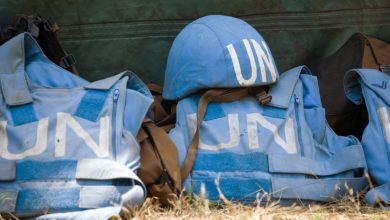
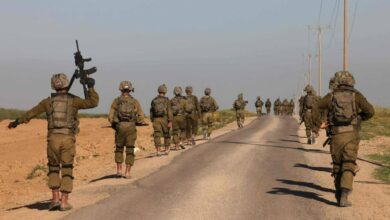

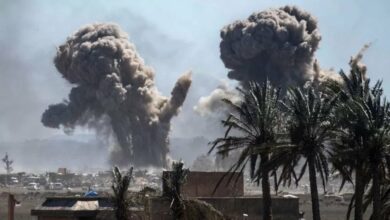
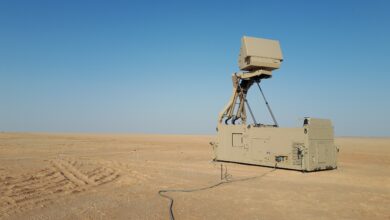



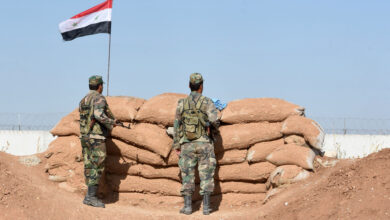

2 Comments